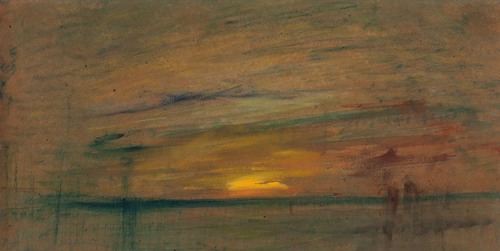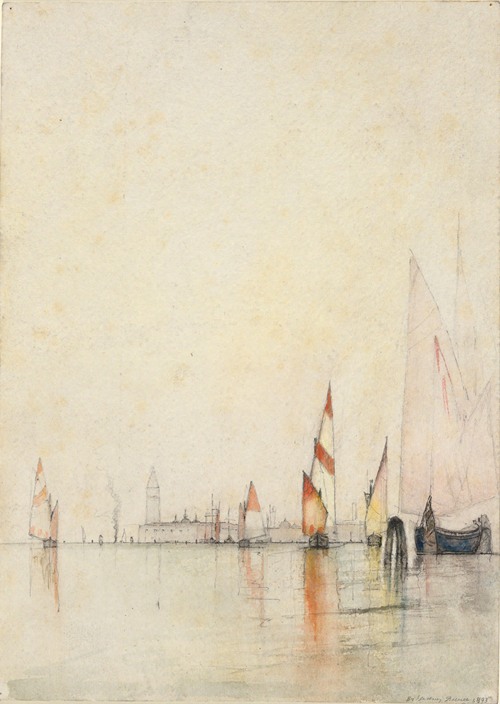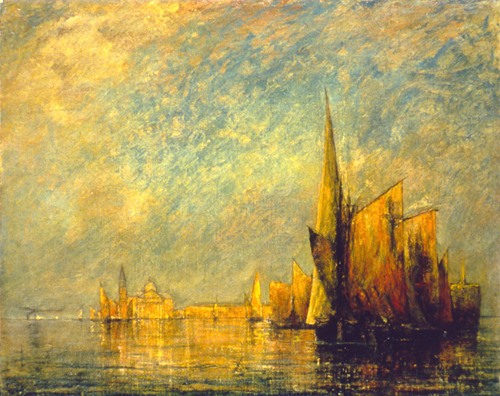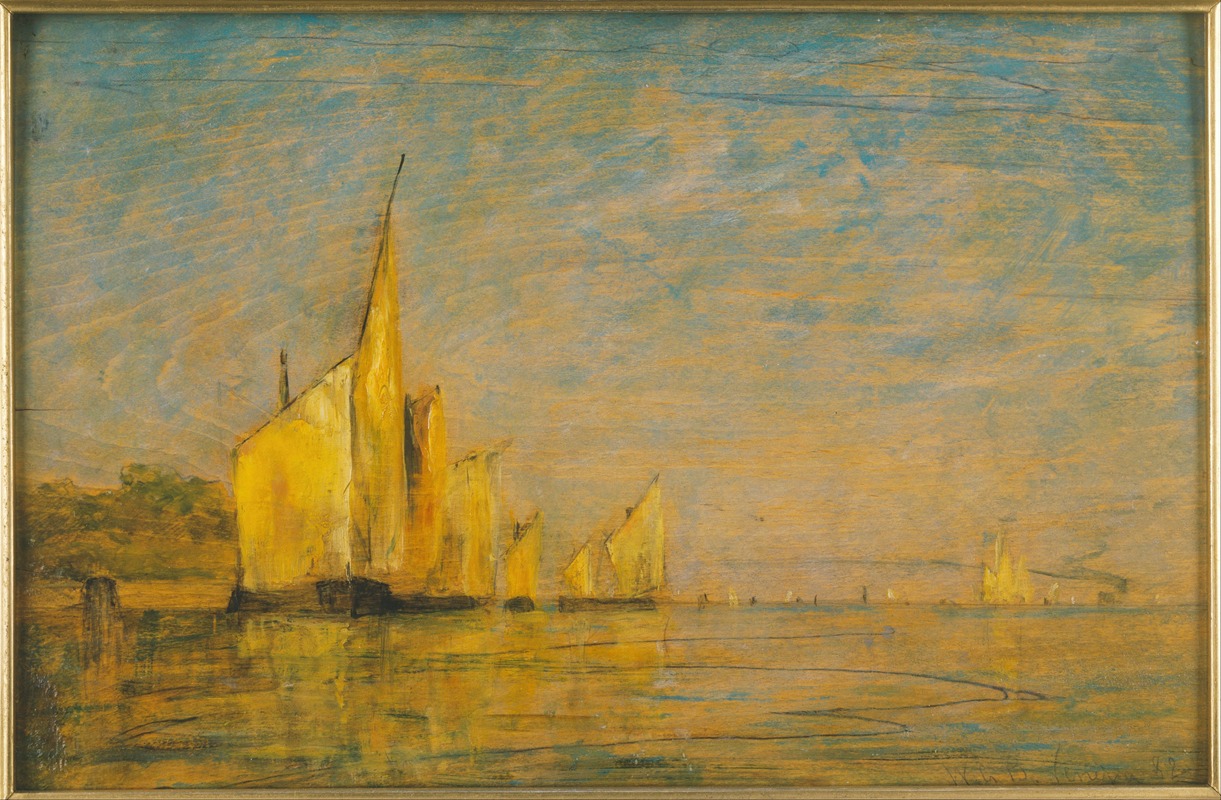
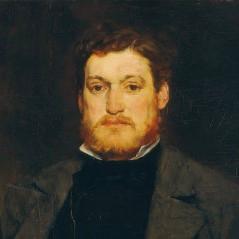
Born in Hartford, William Gedney Bunce was a noted artist.
During the Civil War, Bunce served with the 1st Connecticut Cavalry. He was discharged after two years due to a leg wound, which resulted in a limp the rest of his life.
Before the war, Bunce studied under Julius T. Busch, a German-born artist residing in Hartford. After his return, he moved to New York City where he studied with William Hart.
By 1867, Bunce had moved abroad. He spent more than a decade studying in various European cities. He sojourned in London, Paris, and Rome.
In 1871, while in Rome, Bunce’s first paintings were sent to the United States for exhibition. It was not until his 1879 return to New York City that he received critical acclaim.
His paintings were unique in that he composed them with a palette knife rather than a paintbrush. In 1880, critics praised his evocative Venetian canal scenes. But a year later his work was criticized for mannerism and unmotivated repetition. Even so, he was recognized for his sense of color and apparent simplistic design.
Until World War I, Bunce divided his time between Venice and the United States. In Venice, he became something of an institution. His proud and cantankerous nature caused Venetian gondoliers to refuse him their services. He also had loyal promoters and patrons. Queen Victoria of England ordered one of his Venetian landscapes.
Bunce moved back to Hartford where he continued to paint until 1916. He died on November 5, 1916 when he was hit by a car while crossing the street.
